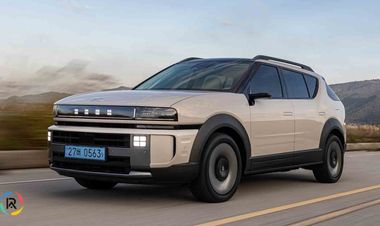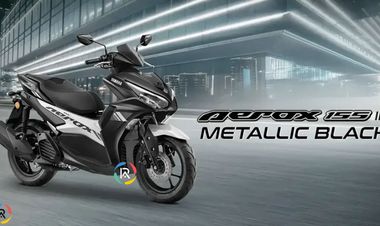Bosch radar-based assistance system used for first time by KTM
New generation of rider assistance functions with front radar used for the first time by KTM
866 views | Date: September 26, 2024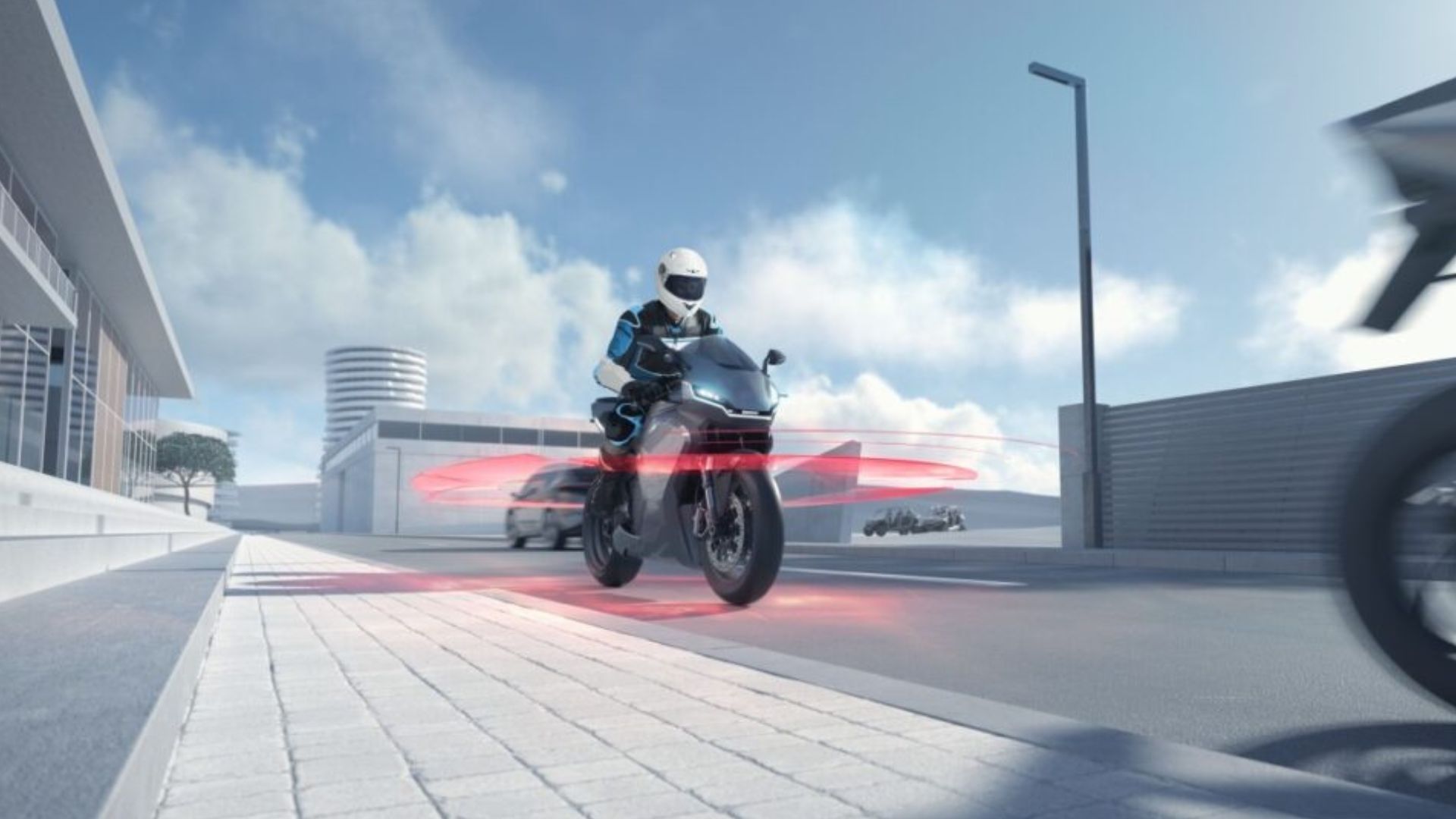
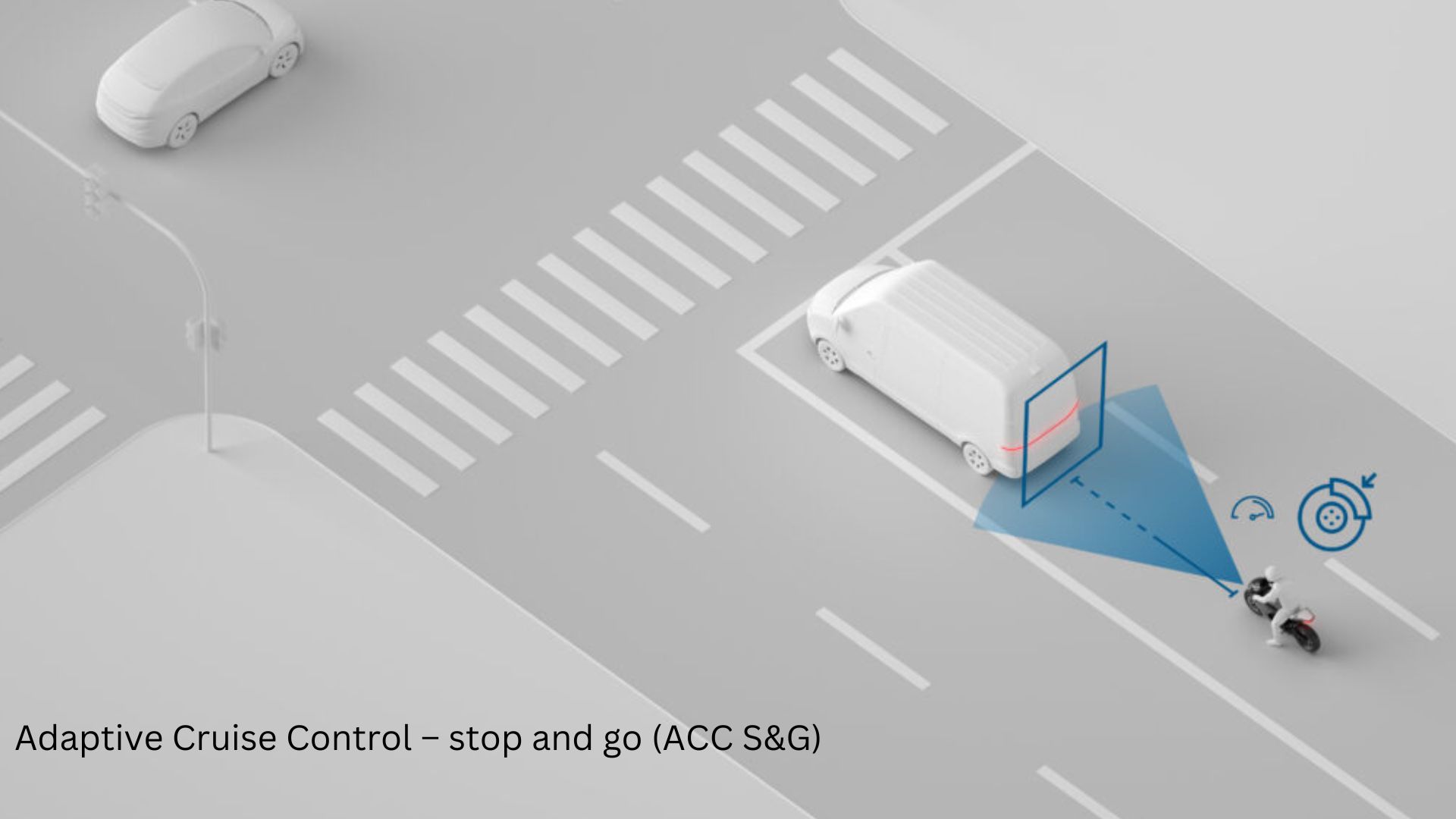
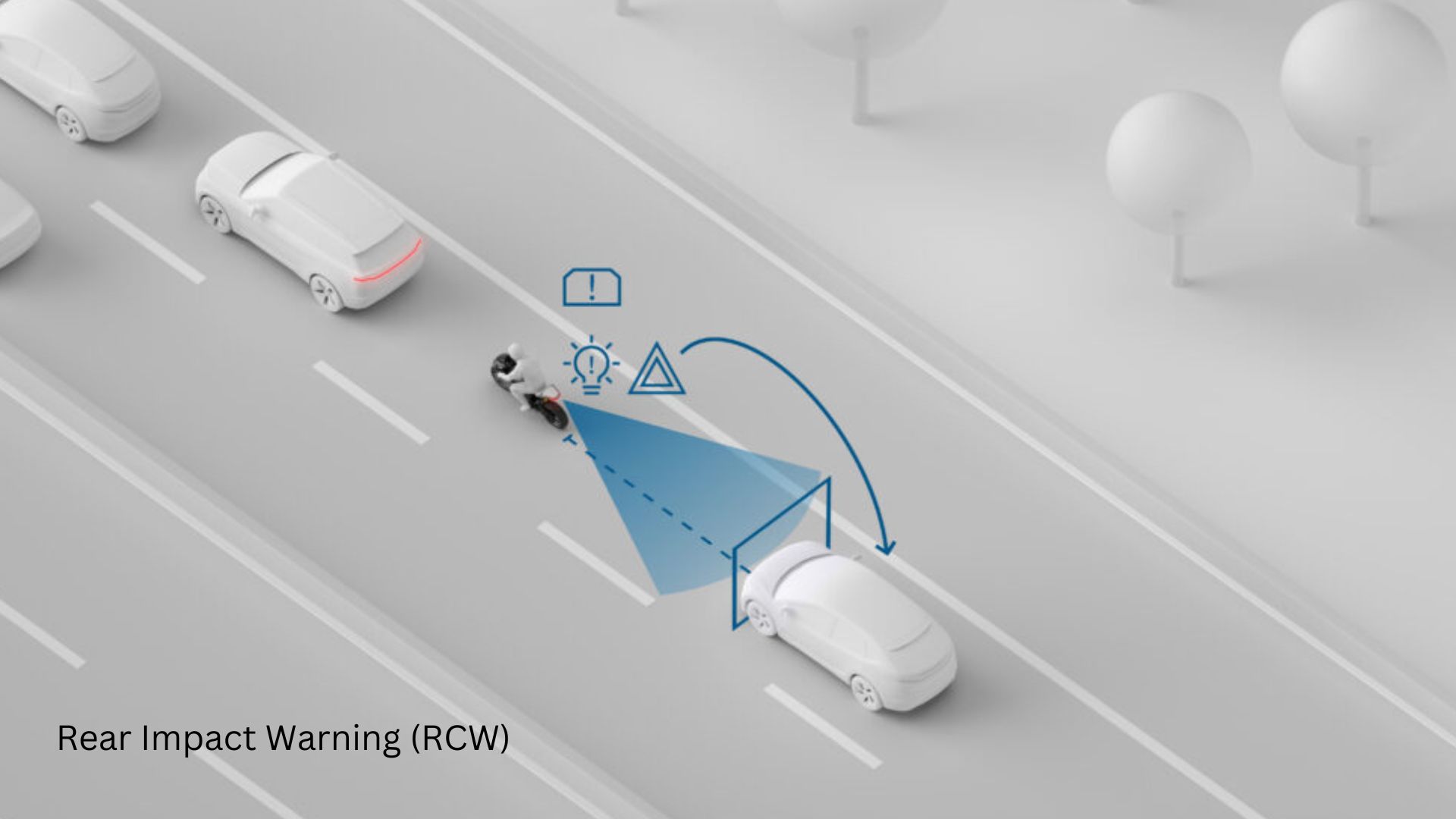
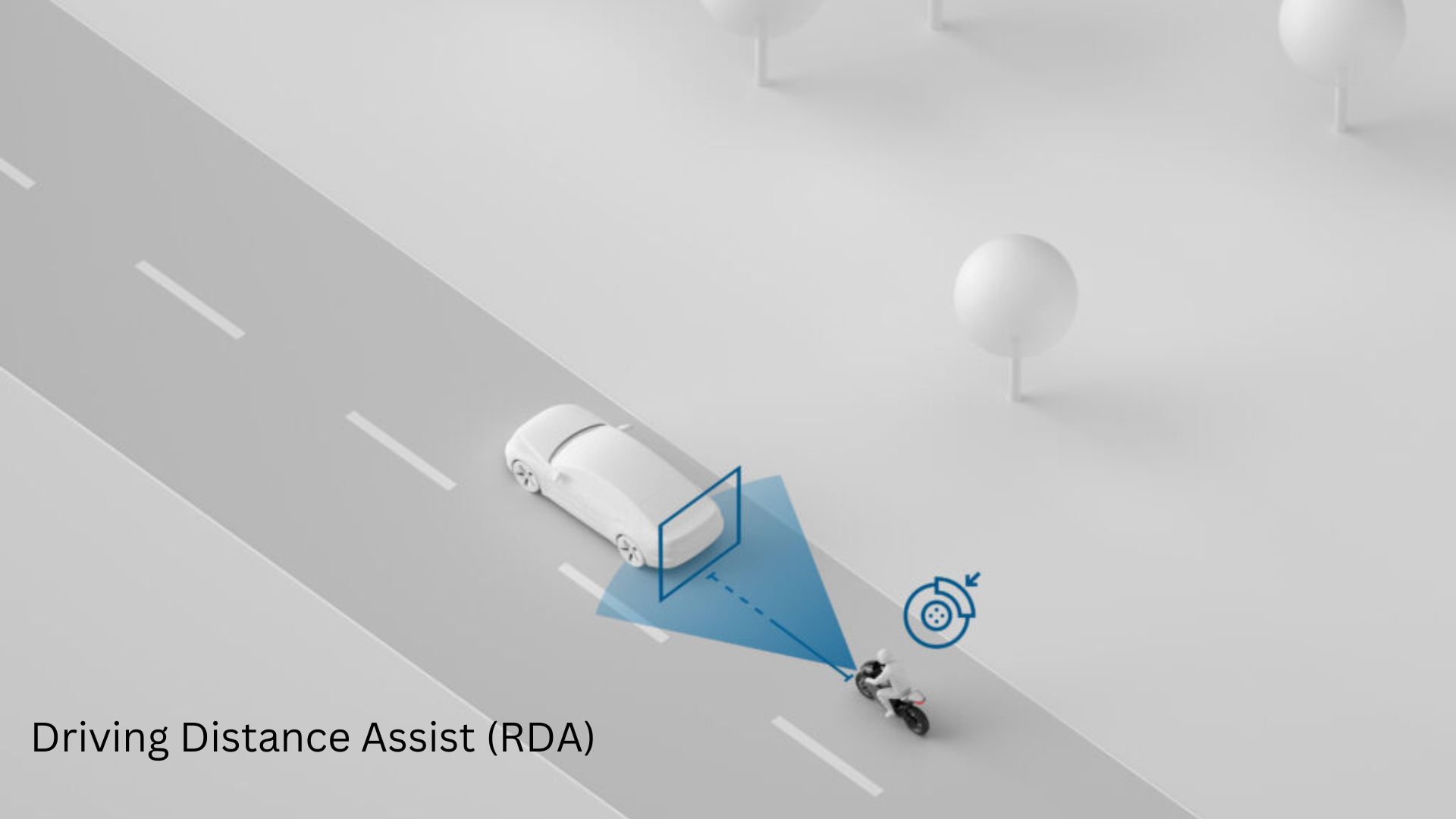
Stuttgart, Germany, and Yokohama, Japan – Robert Bosch GmbH, the technology company has unveiled six new radar-based assistance systems, including five world-firsts. Of the six new assistance functions, four will be unveiled in a new model from leading European motorbike manufacturer KTM in November 2024 and are set to enter production in 2025.
Mr. Geoff Liersch, head of Two-Wheeler & Powersports at Bosch, Said, “Bosch’s declared aim is to make motorcycling even safer and more comfortable by employing innovative new technologies – without diminishing riding enjoyment. The new functions mark yet another step in this direction, and we’re delighted to have KTM as a customer.”
Mr.Stefan Haist, Lead KTM Chassis Control System – Street Development, said, “We’re very satisfied with the longstanding collaborative relationship between our development teams, and we’re excited that KTM is the first to put these new functions to use.
Adaptive cruise control – stop and go (ACC S&G)
Bosch's ACC adaptive cruise control, launched in 2020 for two-wheelers, helps riders maintain speed and safe distance in traffic. The new ACC S&G function enhances this by allowing motorcycles to come to a controlled stop, particularly effective with automatic transmissions like those in KTM's latest bike. Riders can easily resume movement by pressing a button or lightly activating the throttle when the vehicle ahead moves, eliminating the need to use the clutch.
Group ride assist (GRA)
Group riding in a staggered formation is popular but can be tricky with ACC, as it assumes motorcycles are centered in the lane. The new GRA feature enhances ACC by using an algorithm to detect staggered formations and automatically adjust speed to maintain safe distances from the motorcycles ahead. This helps riders achieve a natural group formation. When not in a group, the GRA system operates like standard ACC.
Riding distance assist (RDA)
When traffic flows smoothly and RDA is activated, it helps maintain a safe distance from vehicles ahead to prevent rear-end collisions. Unlike ACC, which requires setting a desired speed, RDA allows normal control via the throttle grip. The system automatically adjusts acceleration or applies brakes as needed. Riders can pre-set their desired following distance and can deactivate the function with a switch or override deceleration by applying the throttle. This ensures RDA integrates seamlessly into the riding experience.
Emergency brake assist (EBA)
Hazardous situations on the road require not only a rapid response but, in many cases, emergency braking. Every second counts when it comes to preventing collisions and avoiding potentially serious consequences. EBA is triggered when the system detects a risk of collision and the rider doesn’t brake hard enough. In this case, the function actively increases the wheel brake pressure further to reduce the bike’s speed as quickly as possible.
Rear distance warning (RDW)
Even in a car, it can be hard to keep a constant eye on traffic approaching from behind; but on a motorcycle, it requires an extra level of concentration. RDW monitors the situation behind the rider and flashes a warning on the display if another vehicle gets too close. Based on this warning, the rider can take mitigating action to prevent a rear-end collision.
Rear collision warning (RCW)
RCW enhances safety by warning vehicles behind a motorcycle of an imminent rear-end collision, activating hazard lights to alert them. This function protects riders from unexpected braking and increases visibility in various scenarios, such as at traffic lights or in jams.
These new features expand Bosch’s radar-based assistance systems, enhancing the "sensory world" of motorcycles. Beyond basic safety, there’s a growing emphasis on convenience and rider experience, ensuring that these functions promote both safety and enjoyment on the road.
Leave a Response
You must be logged in to respond.
Responses
No responses yet. Be the first!




